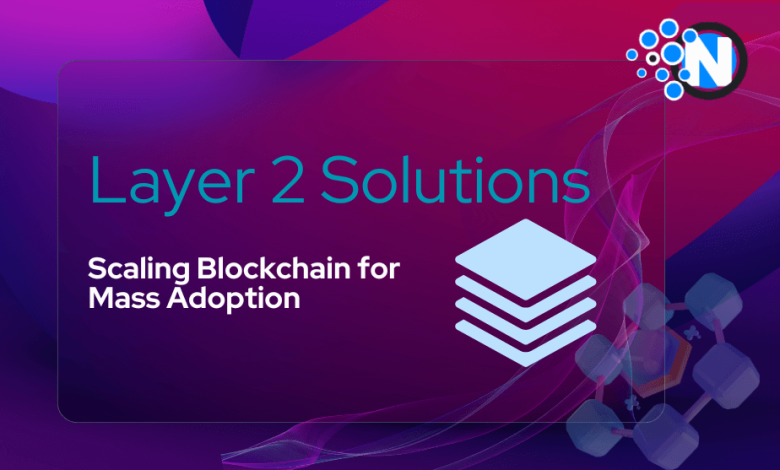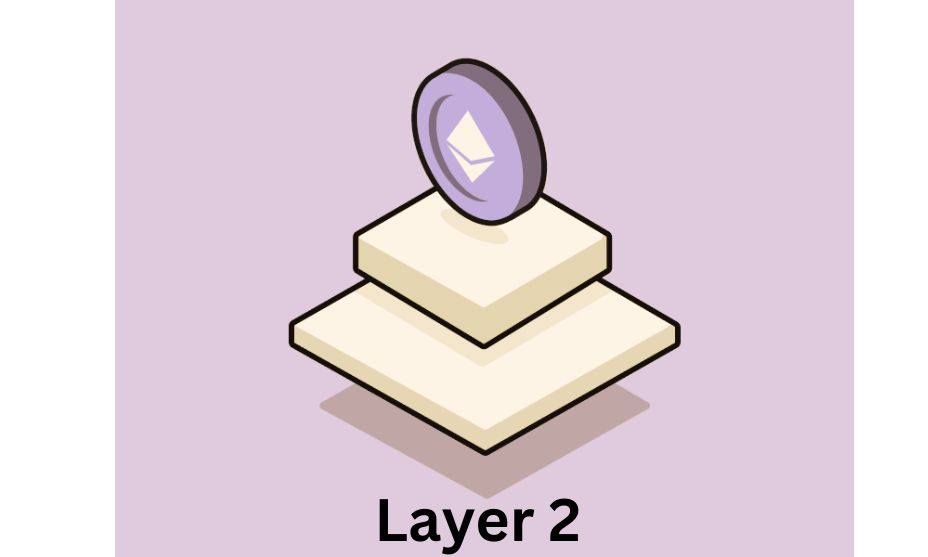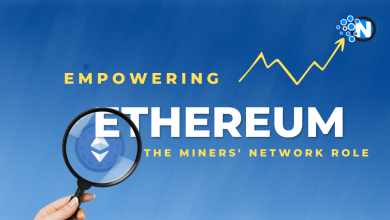Layer 2 Solutions: Scaling Blockchain for Mass Adoption

Blockchain technology is essentially a distributed and decentralized ledger system that records transactions over a network with security and transparency. Its central concepts of cryptographic security and decentralization have garnered a lot of interest. The scalability of present networks is crucial, as demonstrated by the constraints revealed by the spread of blockchain technology.
This is especially important as the need for cheaper and faster transaction confirmations grows. A viable tactic to address these scaling issues is the use of Layer 2 solutions. Added on already-existing blockchains, these solutions aim to improve productivity without sacrificing the core decentralization tenets. Additionally, if you want to know more about investments and firms, you may visit immediatepeak.com/.
Understanding Blockchain Scalability Challenges
Examining the Present Blockchain Networks’ Limitations
Many blockchain networks now face issues including high fees and sluggish transaction processing times. These restrictions make the technology less useful and widely used in practical applications.
Impact of High Transaction Costs and Slow Confirmation Times
The smooth flow of transactions is impeded by high transaction fees and slow confirmation times, which prevent the scalability needed for widespread adoption. This has led to a search for remedies to ease these bottlenecks.
The Barrier to Mass Adoption
The current challenges with scalability provide a major obstacle to the widespread implementation of blockchain technology. Scalable solutions that preserve the integrity of the underlying blockchain are essential to realizing the full potential of decentralized systems.
What are Layer 2 Solutions?
Definition and Concept of Layer 2 Scaling
Solutions that function above the blockchain’s foundation layer are known as layer 2 scaling. This strategy aims to maximize and improve transaction processing performance without requiring changes to the fundamental blockchain system.

How Scalability Issues Are Addressed by Layer 2 Solutions
Scalability issues are resolved by Layer 2 solutions, which shift certain work from the main blockchain layer. Task offloading improves transaction throughput and eases main chain congestion.
Types of Layer 2 Solutions (State Channels, Sidechains, and more)
A number of Layer 2 solutions have gained popularity, such as sidechains and state channels. Every variety presents distinct benefits in tackling particular scaling issues, offering developers a varied range of options.
State Channels: Enabling Off-Chain Transactions
State channels enable users to have a series of private, off-chain contacts, which helps to facilitate off-chain transactions. Users can conduct transactions through these channels without overtaxing the primary network.
In-Depth Analysis of State Channels
State channels decrease the amount of transactions handled on the main chain, which improves scalability. This increases the efficiency and accessibility of blockchain technology by facilitating faster and more affordable transactions.
How State Channels Improve Scalability
State channels have been successful in a number of applications, including micropayments for content and games. They are a viable option for a variety of real-world use scenarios due to their capacity to handle frequent, low-value transactions.
Sidechains: Expanding Blockchain Capacity
Exploring the Role of Sidechains in Scaling
In order to increase the capacity of the main blockchain, sidechains operate as parallel chains connecting to it. This allows for higher transaction volumes and makes it easier to complete particular activities without overcrowding the main chain.
Interoperability and Communication between Sidechains
Communication between sidechains and the main blockchain is guaranteed by their interoperability. This connectivity improves the network’s overall scalability by enabling the flow of resources and data between several chains.
Notable Examples of Successful Sidechain Implementations
Sidechains have been used effectively in a number of projects, proving their usefulness in resolving scaling issues. Analyzing these instances sheds light on sidechain technology’s many uses and benefits.
Rollups: Optimizing On-Chain Efficiency
Understanding the Concept of Rollups
A Layer 2 scaling technique that maximizes on-chain effectiveness is called a rollup. Rollups reduce the on-chain processing load by combining and aggregating several transactions, which enhances scalability.
Benefits of Rollups in Enhancing Blockchain Throughput
Rollups provide lower transaction costs on the main chain and increased throughput. Applications needing a high transaction frequency find blockchain technology more appealing due to its increased scalability.
Integration Challenges and Potential Solutions
Even though rollups have many advantages, implementation and integration issues need to be resolved. Analyzing these difficulties sheds light on the continuous efforts to improve and enhance rollup technology.
Challenges and Criticisms of Layer 2 Solutions
Security Concerns and Trade-Offs
Layer 2 solutions provide some obstacles, the main ones being security issues and trade-offs. It is imperative to assess these factors in order to guarantee that improvements in scalability do not jeopardise the blockchain’s overall integrity.
Centralization Risks in Some Layer 2 Approaches
Some Layer 2 solutions depart from the decentralized nature of blockchain technology and pose a risk of centralization. In order to achieve a balance between scalability and decentralization, it is imperative to comprehend and address these risks.
Addressing Concerns to Foster User Confidence
It is crucial to proactively address and overcome the concerns and issues related to Layer 2 solutions in order to promote user confidence. This calls for ongoing improvement and development to provide a decentralized and safe ecosystem.
Future Prospects and the Road to Mass Adoption
Ongoing Developments in Layer 2 Technology
The future scalability of blockchain is being shaped by continuous innovations in the dynamic landscape of Layer 2 technology. Examining these developments provides light on the future direction of Layer 2 solutions.
Collaborations and Partnerships in the Layer 2 Ecosystem
The growth and development of the Layer 2 ecosystem are facilitated by partnerships and collaborations. Analysing these partnerships illuminates the group endeavours to surmount scaling obstacles and propel widespread implementation.
Projecting the Role of Layer 2 in Achieving Mass Blockchain Adoption
Layer 2 solutions are becoming more and more important in reaching widespread blockchain adoption as they develop. When estimating their future influence, it is important to take into account how they will be integrated into other industries and applications to promote wider acceptability.
Conclusion
Layer 2 solutions are crucial in mitigating the innate scalability issues associated with blockchain technology. Their ability to enhance transactions while preserving decentralization is essential to blockchain’s general acceptability. Blockchain scalability is a dynamic field that puts Layer 2 solutions at the forefront of innovation. Refinement and optimization of scalable solutions are critical for navigating this dynamic terrain. Unlocking the full potential of blockchain requires persistently promoting the use and exploration of Layer 2 technology. By resolving scalability issues, these technologies serve as enablers for a decentralised and effective digital transaction future.




